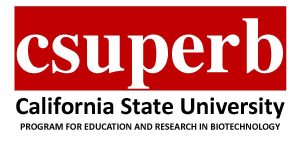
Our CSUPERB seed proposal is awarded. In this proposed study, we will carry out a theoretical modeling study to explore changes in the microbial community as litter is decomposed. To better understand and mitigate climate change, it is necessary to understand soil biogeochemistry as the key greenhouse gases (carbon dioxide, methane, and nitrous oxide) are predominately produced in soils. Microbes, such as bacteria and fungi, are the fundamental producers of these soil gases. The starting goal is to develop an understanding about soil microbes’ role in breaking-down or decomposing littler, the most important process by which carbon enters soil. The rate of litter decomposition is controlled by litter quality, microbial community composition, and other environmental factors. Interestingly, scientists have discovered that fungi thrive in low litter quality, defined as low-carbon and low-nitrogen-containing, while bacteria favor high litter quality. As the microbial breakdown of litter progresses, the bacteria: fungi ratio and litter quality shifts due to carbon release and different microbial community preferences. However, exactly how this process works is far from certain, particularly from a computational modeling perspective.

